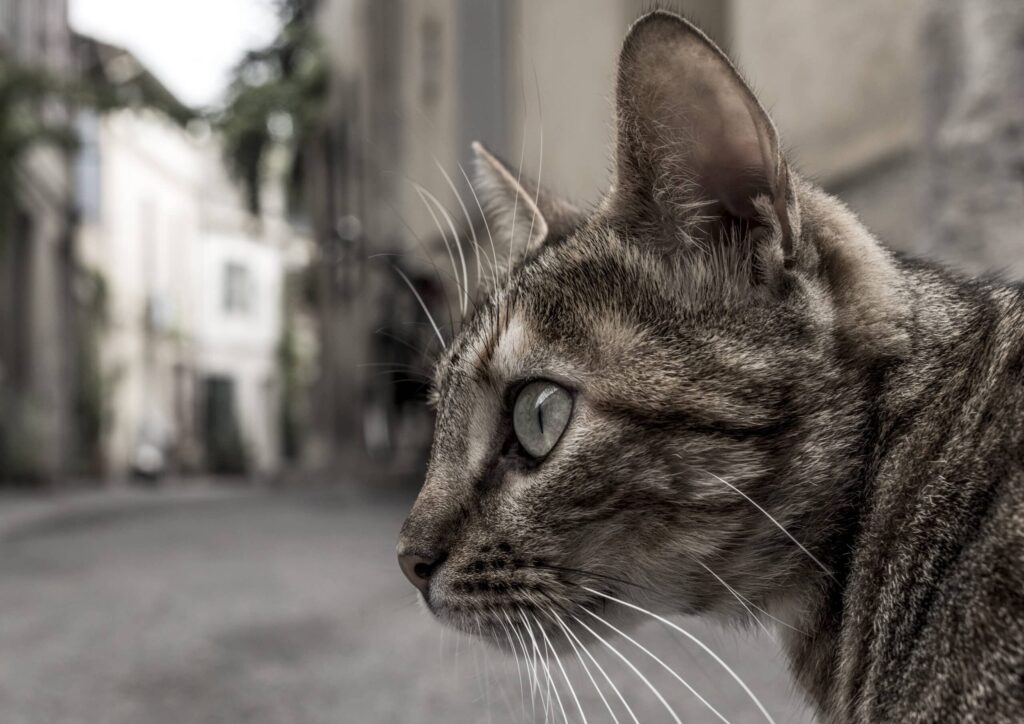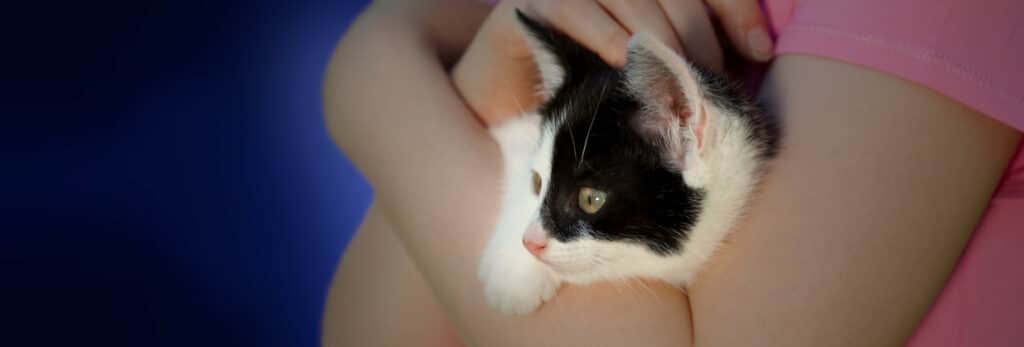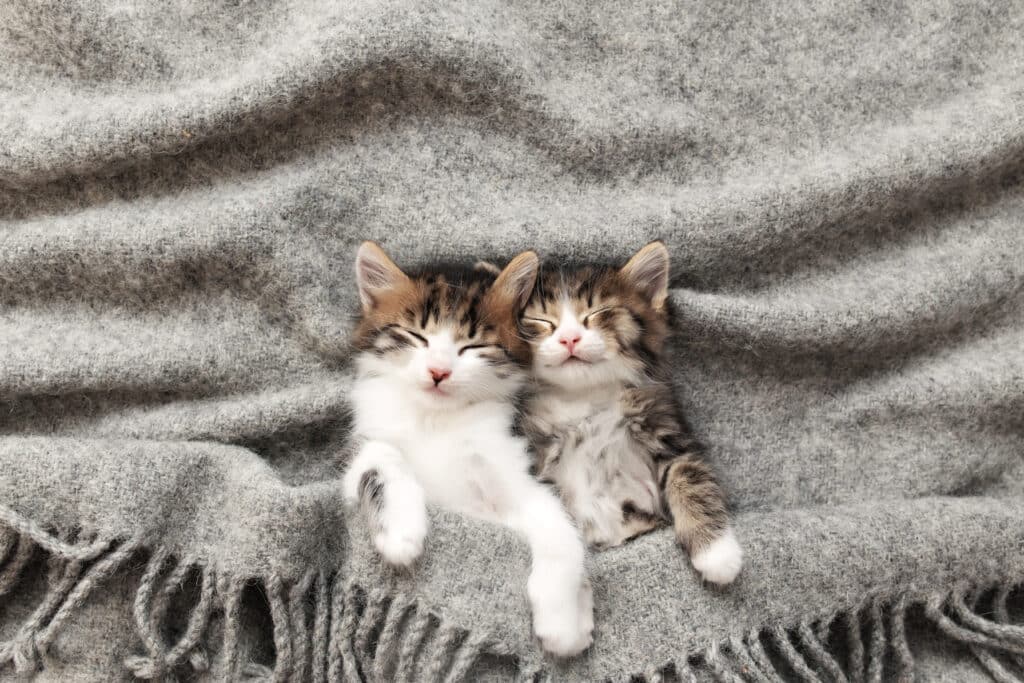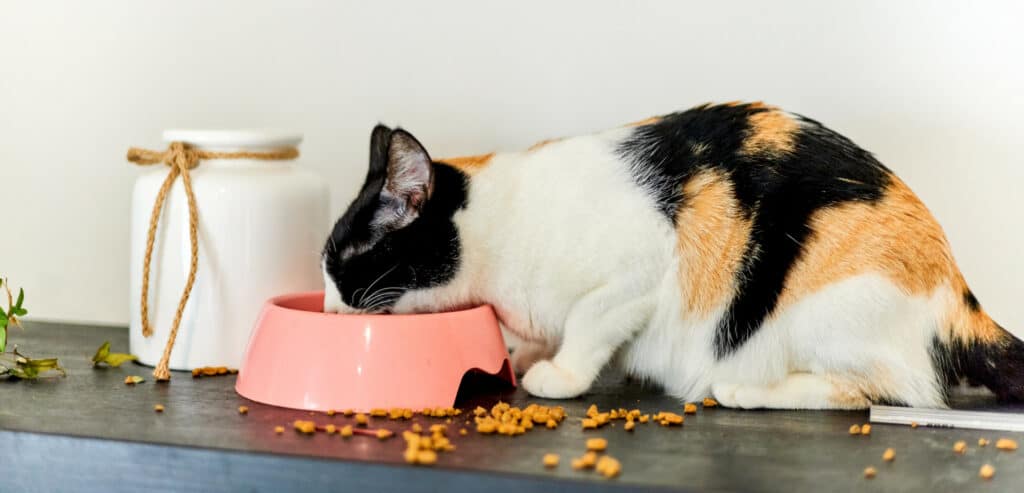
What to Feed Your Cat?
How do you find a good answer to the question “What to feed your cat?” It can be tricky because cats are notoriously finicky creatures. In this article, CatInfo.net gets to the heart of the matter.
Let’s start with the basics. Cats are obligate carnivores, which means that they require a high-protein, meat-based diet. The majority of their food should consist of animal-based proteins, such as chicken, fish, and turkey.
When shopping for cat food, look for brands that list a high-quality protein source as the first ingredient. And avoid any food that lists grains and starches high on its list of ingredients.

Make your own
With a little knowledge and preparation, you can make your own cat food. The advantage is you know exactly what ingredients were added to your cat’s food. But you also need to ensure your cat has a source of Taurine.
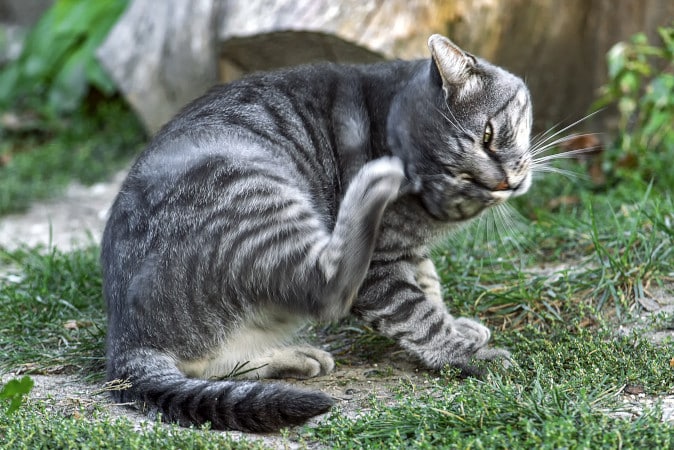
Sensitive skin
Food may increase the skin irritation of cats with certain food allergies. Is your cat scratching or licking the same area and creating bald patches? Discuss possible treatments with your vet and consider a change of diet.
Next, consider the type of food you are feeding your cat. Wet food is often recommended as it contains a higher moisture content and can help prevent dehydration. It is also easier for some cats to digest than dry food. If you opt for dry food, make sure you provide plenty of fresh water to keep your cat hydrated.
Can you make your own cat food?
Yes, many people make their own cat food. This is the only way to ensure you know exactly what is going into your cat’s food.
The following video contains a very simple recipe you can whip up in less than five minutes. But please note, if you make your own cat food, you will need to ensure your cat has a source of Taurine. Please talk to your vet about sourcing essential nutrients that will have to be added to homemade cat food.
It is also important to consider any food sensitivities or allergies your cat may have. If your cat has a history of digestive issues or skin irritations, it may be worth trying a food that is specifically formulated for cats with sensitive stomachs.
In addition to protein and type of food, it is also important to look at the ingredients list. Avoid ingredients such as corn, wheat, and soy, as these are often used as fillers in cat food and can cause digestive upset.
Now, let’s talk about how much food you should feed your cat.
The food a cat needs will vary based on size, activity level, and age.
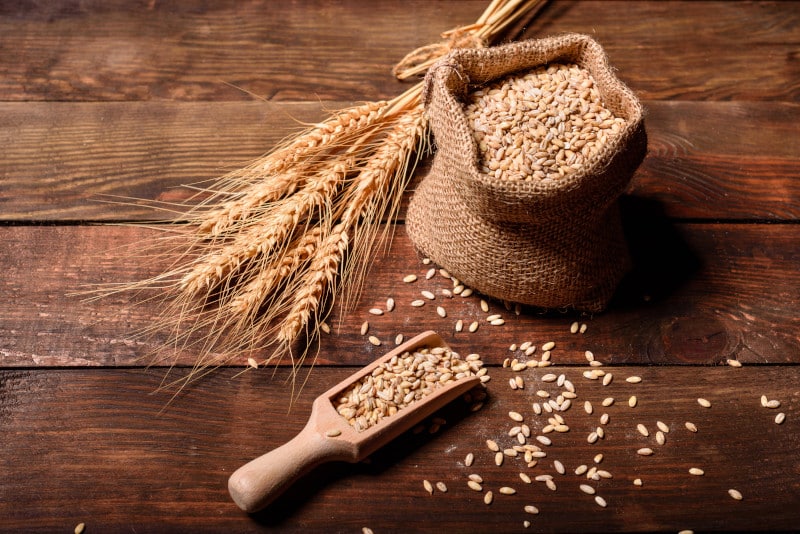
As a general rule of thumb, a healthy adult cat should eat around two to four ounces (57–113 grams) of food per day. If your cat is overweight, you may need to adjust the amount of food you feed them or consider a weight management food.
It’s also important to keep in mind that cats can be prone to obesity and monitor their weight, adjusting their food accordingly. If you’re unsure how much to feed your cat, it’s always a good idea to consult your veterinarian.
Make time for play
In addition to a balanced diet, it is important to keep your cat active. Play is important both for your cat’s emotional well-being, relationship with you, and physical health. Playtime, toys, and scratching posts can help keep your cat active and maintain a healthy weight.
Lastly, don’t forget about treats! Treats should not make up a significant portion of your cat’s diet, but they can be a great way to reward your cat for good behavior. Look for treats that are low in calories and high in protein.
In conclusion, feeding your cat the right diet is important to maintain its health and well-being. Take the time to research the best options for your cat and be mindful of its individual needs. With a little bit of effort, you can help your furry friend live a long, healthy, and happy life.



